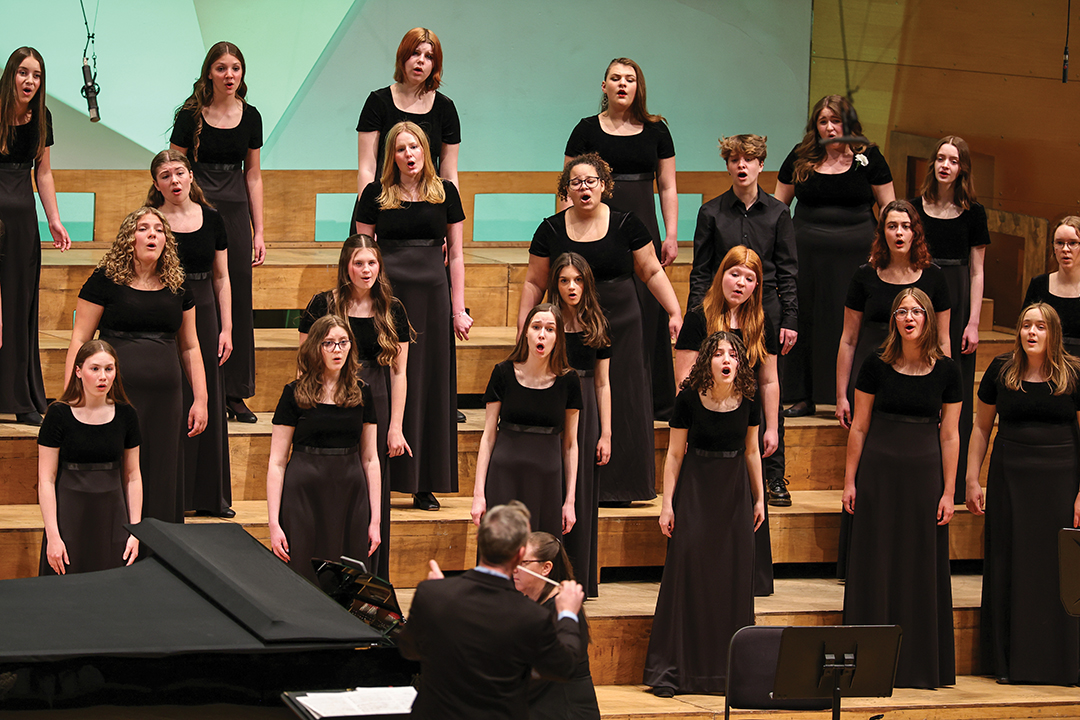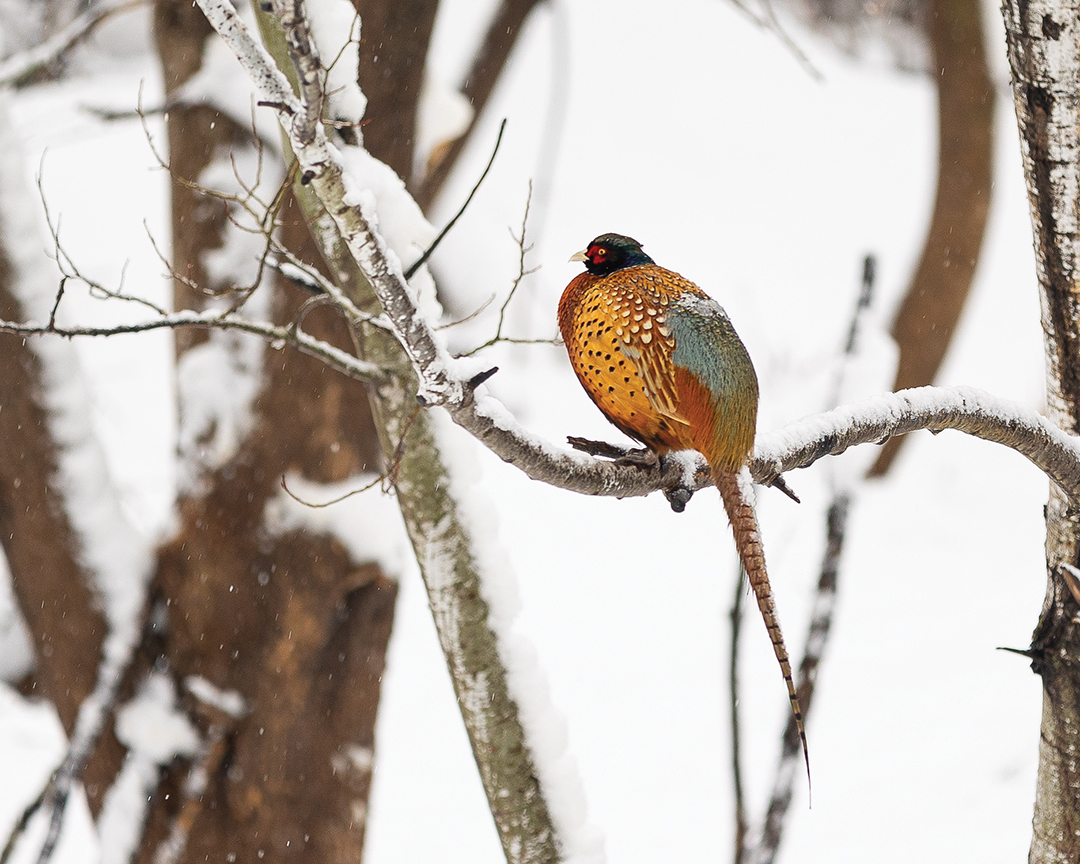
Photo: Marissa Martinson
Three of Maple Grove’s oldest trees deserve some notice.
Trees grow in one place, sometimes for centuries, watching as generations and communities grow and change around them. When Maple Grove was first settled in the 1850s, it was part of the Big Woods: centuries-old maple, oak, elm and basswood that covered tens of thousands of acres of Minnesota. As this seemingly endless lumber was cleared for farmland, some trees were spared and others were planted as homesteads were established. They stood by as Maple Grove grew into a thriving farm community and then into the vibrant suburban community it is today.
As one walks through Maple Grove, there are still signs of the farming past, relics of a time gone by. Old trees stand as testament to a time in Maple Grove’s not-too-distant past.
Since sprouting, most of the old trees of Maple Grove have seen a drastic transition of the land around them from forest to farmland and now today’s development. They often seem out of place in their new surroundings. An excellent example stands north of County Road 30 and Garland Lane North. There, in the middle of a recent development site, stands one of the largest oak trees in the Twin Cities. It once stood next to a farmhouse and still holds the fence that crossed the property.
Some of the earliest white settlers in Maple Grove were Peter Devery and his family. The land they settled along the south shore of Fish Lake holds a maple tree that predates the city itself. Though very much showing its age with its health in decline, it still stands in Fish Lake Regional Park. The surveyors who originally plotted Minnesota used “bearing trees” to mark corners of their plots and as landmarks. One of the bearing trees used by surveyors was about 50 feet away from the Fish Lake sugar maple, which likely was standing as the surveyor passed by in the 1850s. The tree also witnessed generations of farming of the nearby land until the area was turned into Fish Lake Regional Park, as it is today.
West of Fish Lake on Bass Lake Road, amid the traffic of growing housing developments, sits a quiet little place called St. Patrick’s Cemetery. In 1860, a small log church was built nearby and the first burial on the property occurred in 1875. Many of the early white settlers in the area were buried in the cemetery, including members of the Gleason, Dolan, Hennessey, Donahue and Devery families, among many others.
In the middle of the cemetery stands one of the largest sugar maple trees in Hennepin County. There is also an interesting story behind it because of the Donahue family. Annie Donahue was born on August 27, 1881 and died on September 23, 1882. Her parents could not afford a stone to mark the grave, so they had a maple tree planted there in her memory. That tree continued to grow and became the centerpiece of the cemetery, with many of the earliest graves situated around it. The tree came to dominate the area even as the cemetery was expanded and was long appreciated by members of the local community for its brilliant fall color.
Although the old maple is showing signs of stress from large-limb breakage around 2011, its canopy remains healthy and it still has gorgeous colors in the fall. As for Annie Donahue, a tombstone was eventually placed at the base of the maple tree for her. It is now barely visible on the east side as the roots of the tree planted to memorialize her now embrace the stone.
-Riley Smith has a passion for forestry. For many years he has measured trees for the state record program. He is also a member of the Natural Tree Society, an interest group devoted to the doc-umentation and celebration of trees and forests.






















